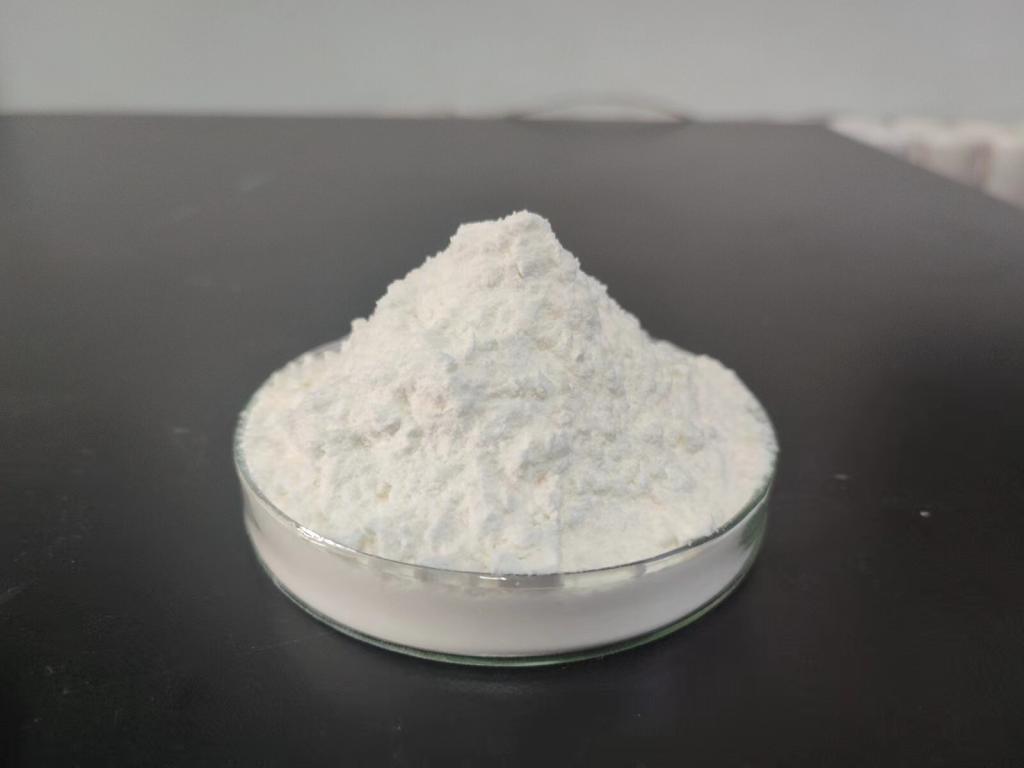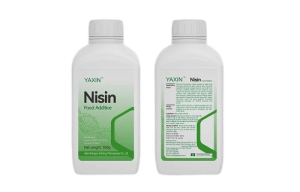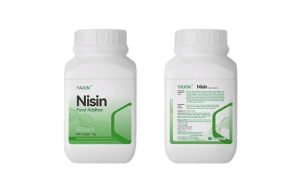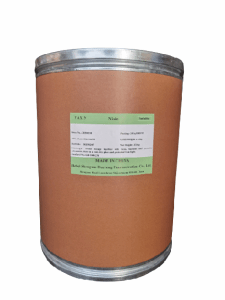Tel:+8618231198596

News
 CONTACT
CONTACT
 CONTACT
CONTACT
- Linkman:Linda Yao
- Tel: +8618231198596
- Email:linda.yao@dcpharma.cn
- Linkman:CHARLES.WANG
- Department:Overseas
- Tel: 0086 0311-85537378 0086 0311-85539701
News
The potential of ε-Polylysine hydrochloride in the preservation of edible seaweed products
TIME:2024-12-04
What is ε-Polylysine Hydrochloride?
ε-Polylysine is a polycationic antimicrobial peptide composed of a chain of lysine amino acids. It is derived from the fermentation of Streptomyces albulus and has been recognized for its ability to inhibit the growth of a wide range of bacteria, fungi, and yeasts. ε-Polylysine hydrochloride, the water-soluble form of this compound, is commonly used in food preservation, particularly in processed and ready-to-eat foods. It is considered a natural preservative, and its safety and efficacy have been evaluated by regulatory bodies such as the U.S. Food and Drug Administration (FDA) and the European Food Safety Authority (EFSA), who have approved it for use in various food categories.
Challenges in Preserving Edible Seaweed
Edible seaweed is highly perishable, and its preservation is essential to prevent microbial spoilage and extend its shelf life. The primary challenges in preserving seaweed include:
High Moisture Content
Seaweed is predominantly composed of water, which provides an ideal environment for microbial growth. This high moisture content makes it more prone to spoilage by bacteria and fungi, especially during storage and distribution.
Susceptibility to Oxidation
Seaweed is also susceptible to oxidation, which can lead to changes in color, flavor, and nutritional content. Oxidation can cause a rancid taste and the breakdown of essential fatty acids, thereby reducing the product's quality.
Microbial Contamination
As a raw or minimally processed food, seaweed can be contaminated with pathogens such as Escherichia coli, Salmonella, and Listeria monocytogenes, which pose health risks to consumers. Effective preservation methods are needed to control microbial growth and ensure food safety.
Texture and Sensory Quality
The texture and sensory properties of seaweed can be altered by improper preservation techniques. Methods like drying or freezing may affect the product’s texture, which could result in a less desirable product for consumers.
The Role of ε-Polylysine Hydrochloride in Preserving Edible Seaweed
Antimicrobial Properties
The primary advantage of ε-Polylysine hydrochloride in seaweed preservation is its potent antimicrobial activity. It inhibits the growth of a wide range of microorganisms, including bacteria, molds, and yeasts, which are commonly associated with the spoilage of seaweed products. By preventing microbial growth, ε-Polylysine helps to maintain the safety and quality of seaweed during storage and distribution, reducing the risk of foodborne illnesses.
Extension of Shelf Life
ε-Polylysine hydrochloride can significantly extend the shelf life of edible seaweed by slowing down microbial spoilage. Its antimicrobial effects allow for a longer storage period without the need for refrigeration or the use of synthetic preservatives. This is especially important for seaweed products that are sold in regions where refrigeration may not be consistently available or for products intended for international export.
Prevention of Oxidation
The preservation of edible seaweed is not limited to microbial control; oxidation is also a major concern. Although ε-Polylysine hydrochloride is primarily known for its antimicrobial properties, some studies suggest that it may also have antioxidant effects, which can help mitigate the oxidation of lipids in seaweed. By reducing oxidative rancidity, ε-Polylysine can help preserve the flavor and nutritional value of seaweed, maintaining its quality for a longer period.
Maintaining Sensory Quality
Unlike some chemical preservatives, ε-Polylysine hydrochloride does not impart undesirable flavors, odors, or colors to food. This is particularly important in the preservation of seaweed, where flavor and texture are key to consumer acceptance. By maintaining the sensory attributes of seaweed, ε-Polylysine ensures that the product remains appealing and enjoyable for consumers, even after extended storage periods.
Natural and Clean-Label Appeal
With the increasing demand for clean-label products, where consumers seek foods with minimal or no artificial additives, ε-Polylysine hydrochloride offers a natural solution for preserving seaweed. Its status as a naturally occurring preservative and its approval by regulatory bodies make it an attractive alternative to synthetic preservatives in the growing market of health-conscious consumers.
Applications of ε-Polylysine Hydrochloride in Edible Seaweed Products
Dried Seaweed
Dried seaweed is one of the most common forms of seaweed consumed globally, especially in snacks, salads, and as a seasoning. ε-Polylysine hydrochloride can be applied as a coating or incorporated into the drying process to reduce microbial load and extend shelf life. This would allow dried seaweed to retain its flavor, color, and texture for longer periods, reducing the need for refrigeration or excessive packaging.
Seaweed Salads and Ready-to-Eat Products
Ready-to-eat seaweed salads and other prepared products are increasingly popular in both traditional and modern cuisines. These products are highly perishable and require effective preservation methods. The addition of ε-Polylysine hydrochloride to these products can help maintain their freshness, prevent spoilage, and ensure safety without compromising the sensory qualities.
Frozen and Fresh Seaweed
For fresh or frozen seaweed, ε-Polylysine hydrochloride can be incorporated into coatings or processing solutions to reduce microbial contamination and extend shelf life. This is particularly important for seaweed used in the production of sushi or other fresh preparations, where food safety is paramount.
Challenges and Considerations
While the potential of ε-Polylysine hydrochloride in seaweed preservation is promising, there are several factors that need to be considered:
Optimal Concentration
The concentration of ε-Polylysine hydrochloride must be carefully optimized to ensure its effectiveness without negatively affecting the sensory properties of seaweed. Too high a concentration may result in an undesirable taste or texture, while too low a concentration may not provide sufficient antimicrobial protection.
Regulatory Approval and Standards
Although ε-Polylysine hydrochloride is generally recognized as safe (GRAS) by food safety authorities, its use in specific food products, such as edible seaweed, may require additional regulatory approvals. Manufacturers must ensure compliance with local regulations and standards for its use in food products.
Consumer Acceptance
Despite its natural origin, some consumers may be wary of the use of any preservatives, even natural ones. Education and transparency about the safety and benefits of ε-Polylysine hydrochloride can help overcome these concerns and increase consumer confidence in its use.
Conclusion
ε-Polylysine hydrochloride holds significant potential in the preservation of edible seaweed products, offering antimicrobial protection, extended shelf life, and enhanced food safety. Its ability to preserve the sensory qualities of seaweed, combined with its natural status and clean-label appeal, makes it an ideal preservative for this growing food category. As research and development continue, ε-Polylysine hydrochloride may become an essential tool for the sustainable and safe preservation of edible seaweed, catering to both health-conscious consumers and the global demand for high-quality, minimally processed foods.
- Tel:+8618231198596
- Whatsapp:18231198596
- Chat With Skype







